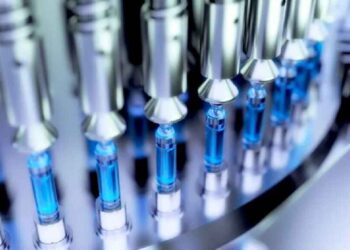Researchers from Université Laval’s Faculty of Medicine and CHU de Québec have shown that it is possible to treat venous ulcers unresponsive to conventional treatment with wound dressings made from human skin grown in vitro.
A study published recently in the journal Advances in Skin and Wound Care demonstrates how this approach was successfully used to treat venous lower-extremity ulcers in patients who had been chronically suffering from such wounds.
About 1% of the population suffers from lower-extremity ulcers. These wounds regularly become inflamed or infected and are very slow to heal, if they do at all. They are frequently associated with aging, diabetes, and circulatory system disorders such as varicose veins and oedema. “Obese individuals and those who work constantly standing up are especially vulnerable. These ulcers can persist for years. It can be a hellish clinical situation when standard treatments don’t work,” noted Dr. François A. Auger, director of both the study and LOEX, the tissue engineering and regenerative medicine laboratory where it was conducted.
Standard treatment for ulcers involves methodically cleaning these wounds and applying compression bandages. Drugs became available around 20 years ago but they are expensive and their efficacy has been somewhat limited. A graft using the patient’s own skin can be effective but is problematic because it requires a significant amount of skin to be removed from elsewhere on the body.
This very problem inspired LOEX researchers to use their expertise with in vitro skin culture to create biomaterial-free biological wound dressing. The process is complex and requires several steps: removing 1 cm2 of skin from the patient, isolating the appropriate cells, growing them in vitro, and creating a skin substitute with both dermis and epidermis. After eight weeks of growth the self-assembled sheets of skin substitute can be applied over the ulcers, much like bandages, and replaced weekly as long as necessary. “This totally biological bandage is much more than a physical barrier,” stresses Dr. Auger. “The cells secrete molecules that speed up healing by helping to set natural healing processes in motion. It would be hard to imagine a model closer to the human body’s natural physiology.”

















